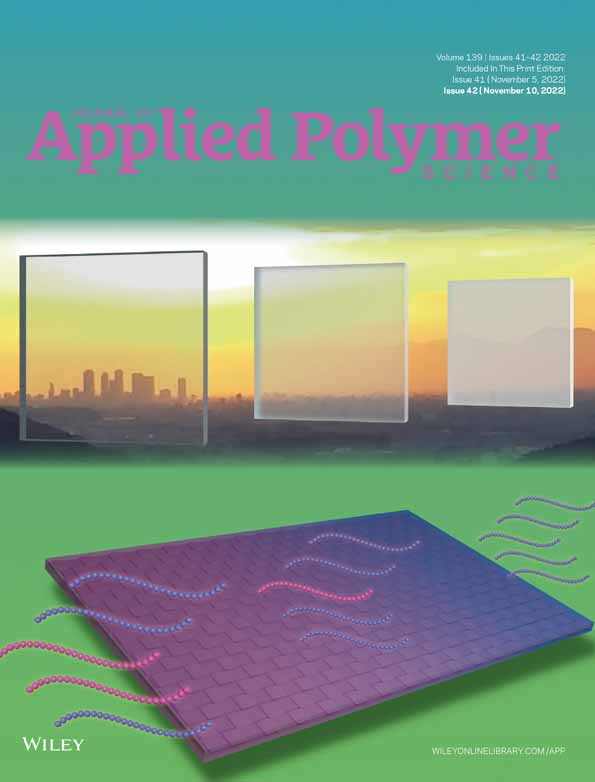Development of poly(butyl acrylate-co-oleic acid) as biobased polymeric dispersant and its application in preparation of pigment concentrate
Funding information: Ministry of Higher Education Malaysia; Fundamental Research Grant Scheme, Grant/Award Number: FP037-2021
Abstract
It is highly desirable to develop bio-based products using sustainable materials and reduce dependence on petrochemicals. There are various reports on the use of sustainable materials in the synthesis of polymer resins, but research on the use of sustainable materials in development of coating additives such as polymeric dispersant is significantly lacking. Objective of this work is to produce fatty acid-based polymeric dispersant using oleic acid in combination with butyl acrylate. The performance of the fatty acid-based polymeric dispersant was benchmarked against commercially available and petrochemical-based polymeric dispersant. The dispersants produced were characterized using spectroscopies (1H-NMR and FTIR), thermal analyses (thermogravimetric analysis and differential scanning calorimetry), and molecular weight analysis. Application test was conducted to evaluate the effectiveness of the polymeric dispersant in titania pigment concentrate formulation which was tinted in nitrocellulose clear coating. Properties such as viscosity, fineness, gloss, optical properties, and storage stability were evaluated, and the result obtained shows that fatty acid-based polymeric dispersant could disperse titania efficiently and produced coatings with good optical properties and excellent gloss retention. The carboxyl group from the incorporated fatty acid served as excellent pigment anchoring group, facilitating good orientation of dispersant on the pigment surface and promote excellent stability.
CONFLICT OF INTEREST
The authors declare no conflicts of interest.
Open Research
DATA AVAILABILITY STATEMENT
The datasets generated during and/or analyzed during the current study are available from the corresponding author on reasonable request.




